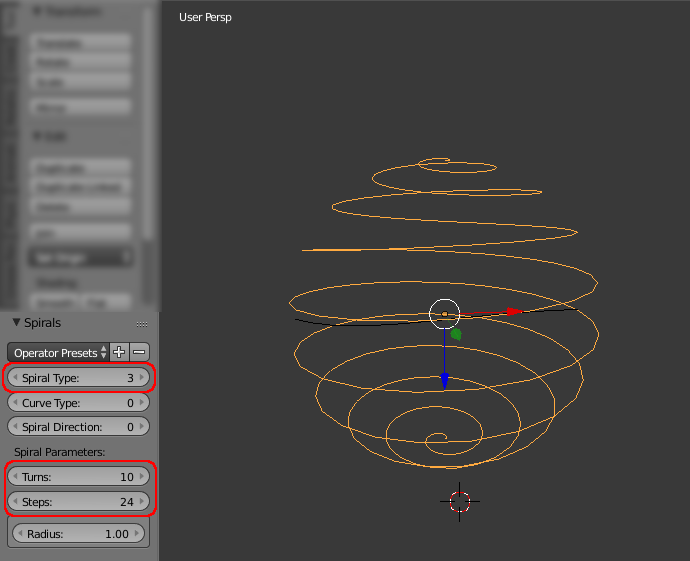I have an object at 0,0,0 and want to render an animation with "all" perspectives (or "all" possible rotation combinations of the object) of a camera to that object with a given radius. Its like having a sphere and each face of that sphere is a perspective.
I would like to be able to adjust the rotation steps manually.
I already made one with 300+ keyframes but that is kinda time consuming and not adjustable. ;)
So is there a easy way to do that in blender? I hope that my explaination was not to cryptic...
like this, but the camera perspective is generated automatically:





